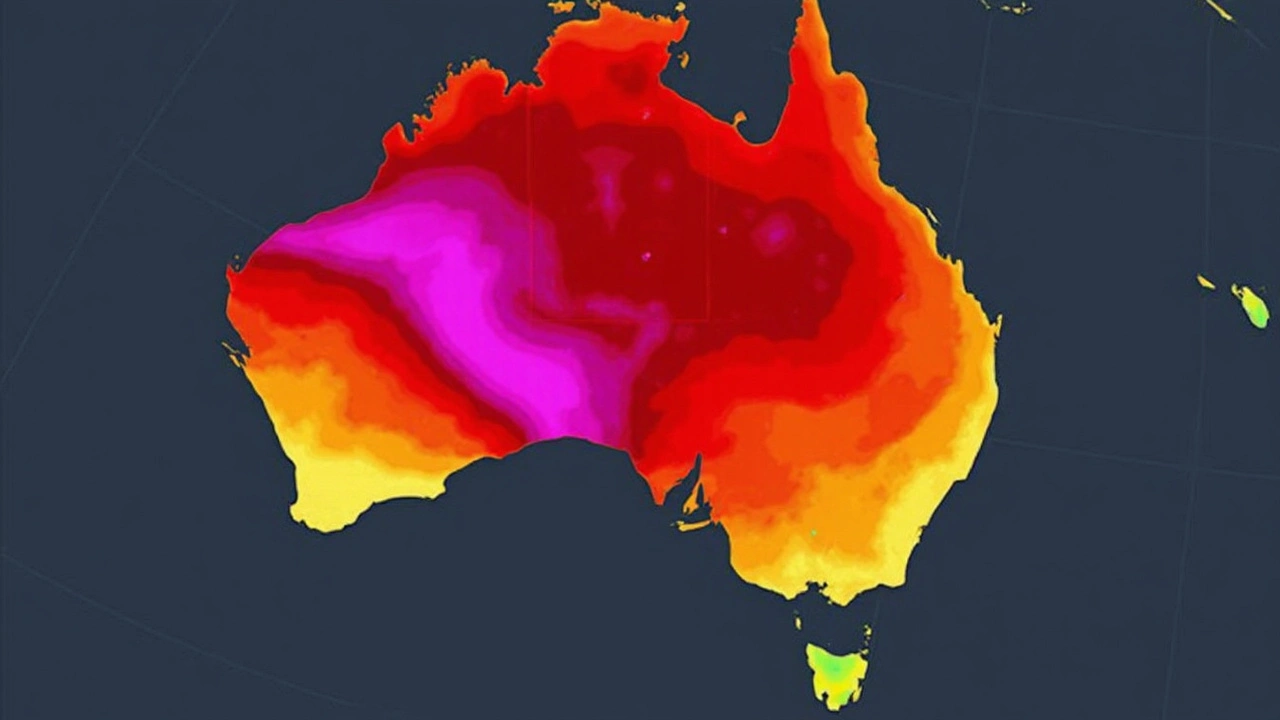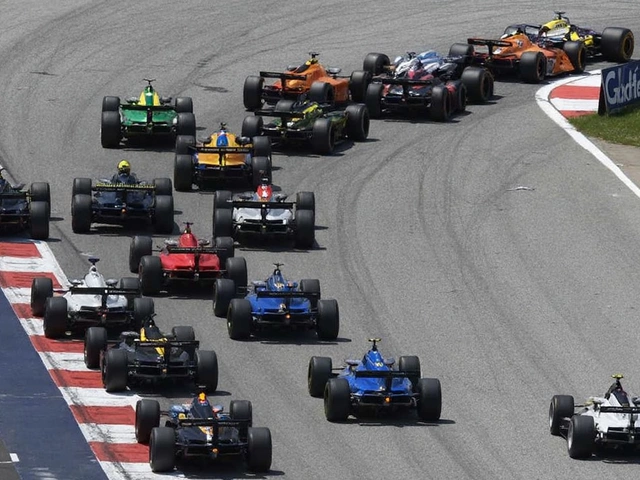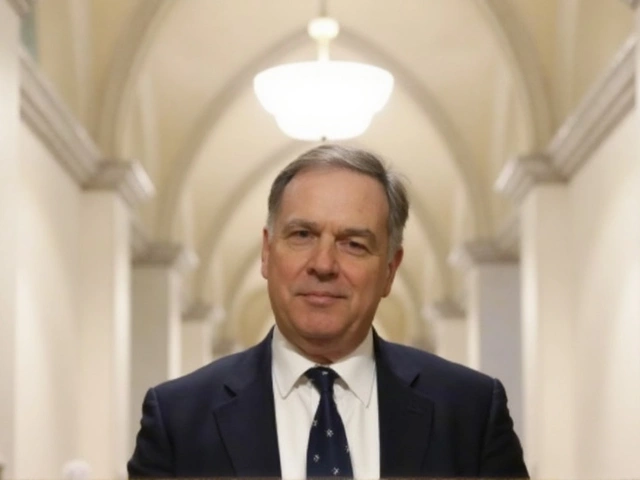Fire Bans and Motorsports: What You Need to Know
If you love the roar of engines and the smell of burnt rubber, you’ve probably heard about fire bans making headlines during big races. A fire ban isn’t just a hassle – it’s a safety rule that can change the whole feel of a weekend at the track. In this guide we’ll break down why fire bans matter, how they affect races, and what you can do if a ban shows up.
Why Fire Bans Matter for Racing Events
Racing venues are built for speed, not for uncontrolled flames. Every pit lane, grandstand, and paddock has fuel, oil, and high‑power engines that can spark a fire in seconds. When the weather is hot, dry, and windy, a spark can turn into a dangerous blaze. Local fire services and track owners put fire bans in place to keep spectators, crews, and drivers safe.
Most fire bans are triggered by extreme heat or drought warnings. The rule might say no open flames, barbecues, or even certain types of fireworks. For a race, that can mean canceling a night‑time pyrotechnic display or limiting on‑track fire‑show stunts. It also means stricter checks on fuel trucks and extra fire‑crew patrols.
Fans notice the difference too. Without the usual grill spots or fireworks, the atmosphere can feel a bit quieter. But the priority is keeping everyone away from a possible disaster, and most fans understand that.
How to Prepare When a Fire Ban Is Issued
First, stay informed. Tracks usually post updates on their website, social media, or the event app. Sign up for alerts so you get the latest notice straight to your phone.
Second, adjust your plans. If you were hoping to BBQ in the pit lane or bring a portable stove, you’ll need to skip it. Look for designated food zones that are still open – many tracks have indoor catering that isn’t affected by the ban.
Third, pack smart. Bring a reusable water bottle, sunscreen, and a hat. The same heat that triggers a fire ban can make you dehydrated fast, so staying cool helps you enjoy the race longer.
Finally, respect the crew’s instructions. If marshals ask you to move away from a certain area or turn off a fan, that’s for a reason. Following the rules keeps the event running smoothly and reduces the chance of a shutdown.
When a fire ban is in place, the race itself often continues, just with some tweaks. You might see fewer flame‑filled celebrations, but the competition stays fierce. Drivers still push their cars to the limit, and the sound of engines still fills the air – the excitement is still there.
So next time you hear about a fire ban before a big race, remember it’s a safety net. Stay updated, adjust your plans, and enjoy the action. The track will still give you the adrenaline rush you love, just a little safer for everyone.
Record-Breaking Heatwave Scorches Sydney and Other Southeastern Cities
Southeastern Australia faced an intense heatwave, with Sydney enduring its hottest March night in 110 years at 24.5°C. Regions like Penrith soared to 38°C, while Mildura and Griffith reported record nighttime temperatures. To cope with temperatures 6-16°C above average, authorities issued fire bans. A southerly buster is expected to cool down Sydney by Monday.









